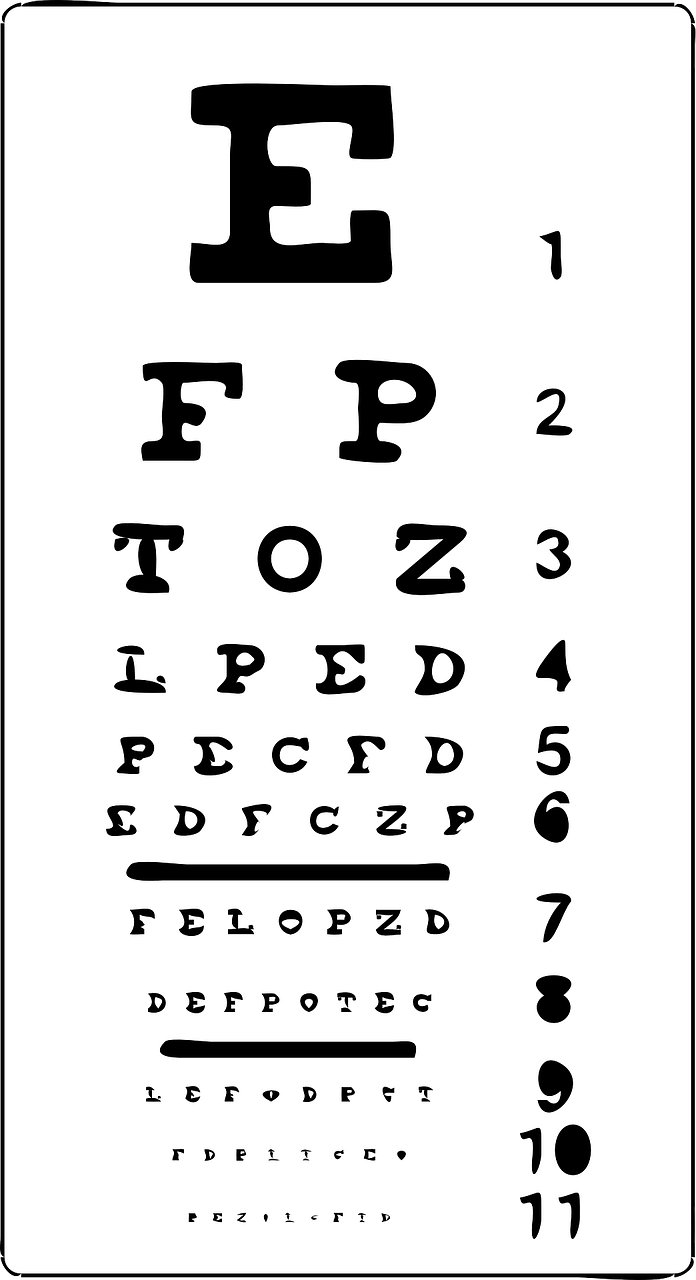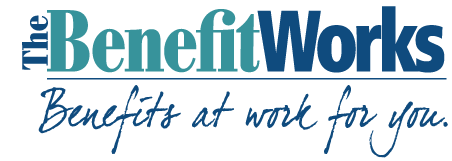Introduction
This benchmark survey demonstrates how employers across the nation are responding to continually rising health care costs. Survey results indicate that enrollment in a high deductible health plan (HDHP) with a health savings account (HSA) increased, while enrollment in a preferred provider organization (PPO) remained the most popular of plans in terms of employee enrollment. Over 500 respondents completed the survey.
Similar to 2017, the majority of respondents offer defined contribution pension plans. Eighty percent of employers also offer matching contributions for their defined contribution pension plans, with the most common match rate falling between 1 and 10 percent.
These trends seem to indicate that employers continue to use benefits as a tool to attract top talent and to improve the lives of their employees, but that employers are handing off the active management of benefits to employees themselves, delegating the decisions and risk that come with determining their futures.
By using the data in this survey, you can view what other businesses in your area and industry are offering, and identify your plan’s strengths and weaknesses in order to fortify your recruitment and retention effort.

1. Health Care Benefits
Historically, health care benefits have been a near-universal offering among employers. In 2019, only 1 percent of polled employers declined to offer health care benefits. Of the 99 percent of respondents that offer health care coverage, 62 percent chose to
offer a PPO plan, which is a 7 percent decrease from 2017. Despite this decrease, PPO plans are the plans most frequently offered, a figure that has remained largely unchanged over the past few years.
Annual worker and employer contributions for individual and family coverage also remained similar to 2017. The results show that more than half of respondents contribute $5,000 or less for worker individual premiums annually and $10,000 or less for worker family premiums annually.

2. Prescription Drug Plans
The high cost of prescription drugs has been a concern to many employers in recent years. To help manage prescription drug costs, the majority of employers are using three tiers for cost sharing and a mail-order drug service. Other cost-management strategies and their prevalence are outlined below.

3. Dental Benefits
Dental plans remain a common benefit offering among employers—with 93 percent of surveyed organizations offering dental benefits, a 10 percent increase from 2017. Deductible amounts remain similar for single employees as in past years, with the most common deductible falling into the $40 to $59 range. The percentage of employees who
have this deductible decreased by nearly 9 percent for in-network care and by 7 percent for out-of-network since 2017.
Almost 86 percent of respondents say the monthly employee contribution for single coverage is under $40, and about 60 percent of respondents say the majority of employees pay $80 or less per month in employee contributions for family dental coverage.

4. Life Insurance
The percentage of employers offering basic life insurance increased significantly to 88 percent (up from 76 percent in 2017). About 65 percent of employers that offer life insurance provide a specific dollar amount of coverage, while about 35 percent of employers offer life insurance based on employees’ salaries. The following figures examine the frequency of basic life insurance, supplemental life insurance and children’s life insurance in benefits package offerings.

5. Voluntary Benefits
Voluntary benefits are benefits that employees can pick and choose, offered in addition to employees’ core compensation and benefits packages. For most voluntary insurance offerings, employees pay 100 percent of the premiums. While voluntary benefits include traditional mainstays like dental insurance, disability insurance and AD&D insurance, many employers have begun to offer or are considering
offering nontraditional voluntary benefits.
For 2019, the most common group voluntary benefit was vision insurance, offered by 57 percent of all respondents. Dental and term life insurance were offered by just over half of respondents, followed by short-term disability insurance, which is offered by about 48 percent of employers. The most popular nontraditional group voluntary benefits were
accident insurance and cancer insurance, offered by 41 and 34 percent of employers, respectively.
The most common individual voluntary benefits were was accident insurance and term life insurance, offered by 42 percent of employers. Dental, vision, short-term disability, cancer and accident insurance were all close behind with about one-third of respondents offering them in their employment packages.

